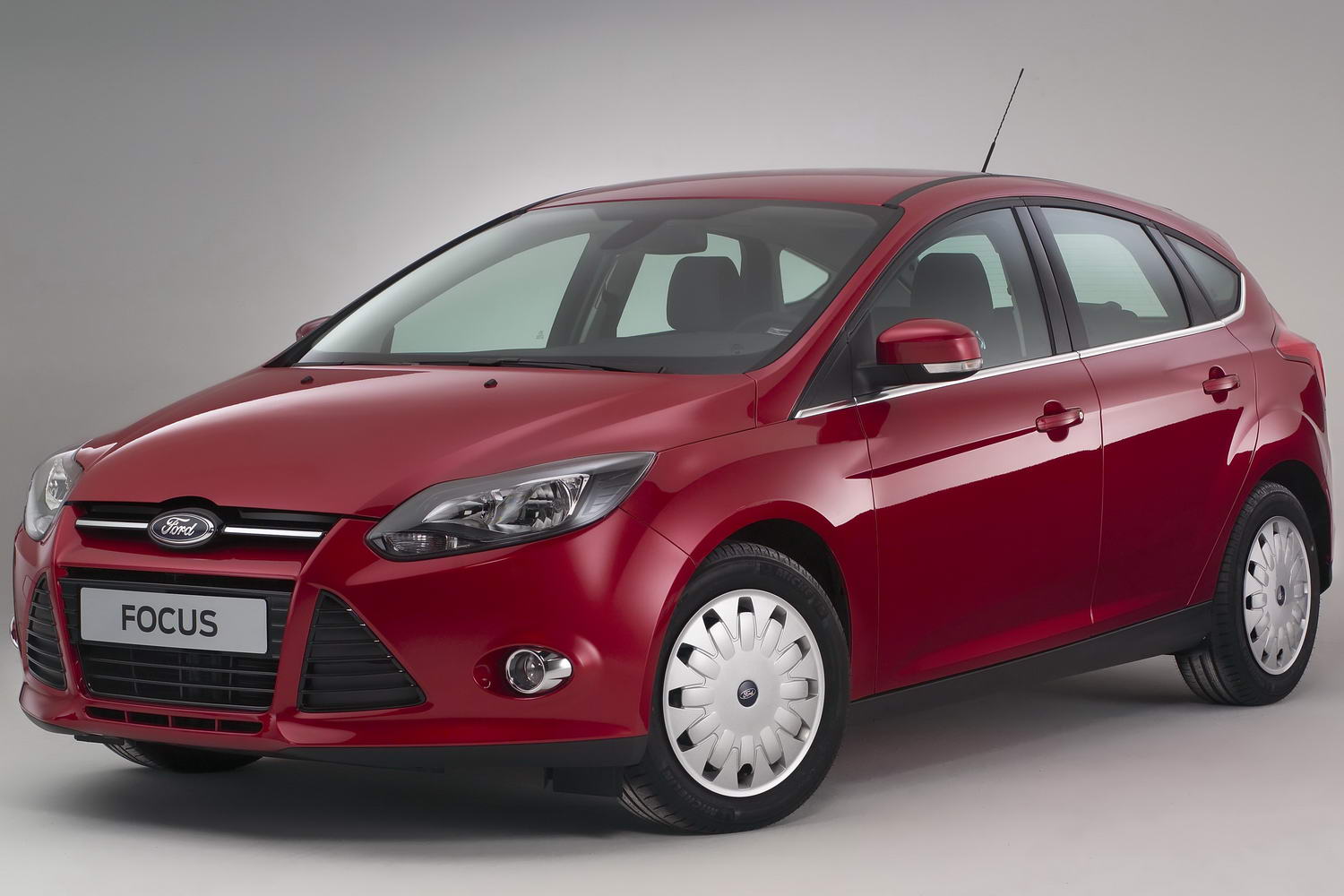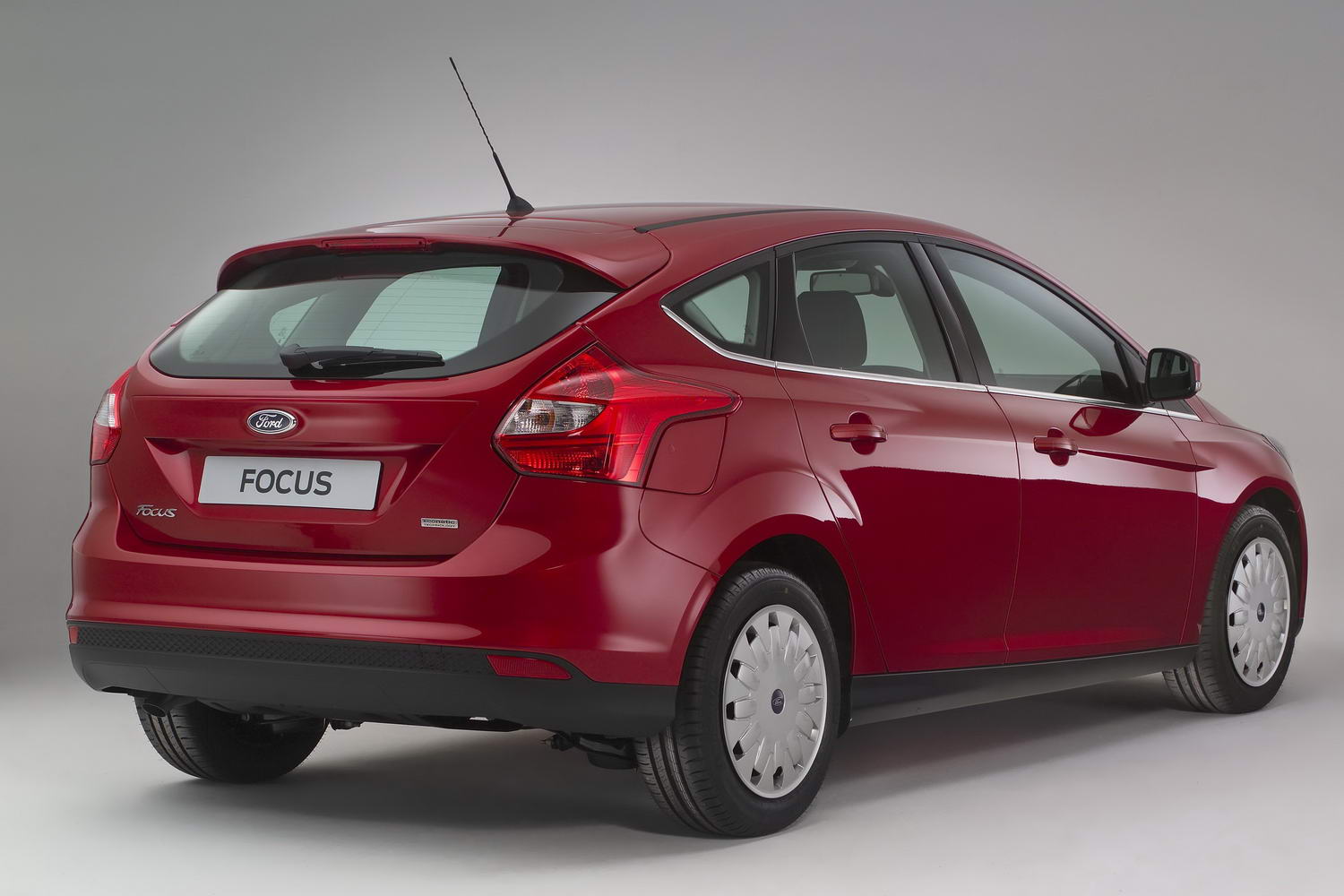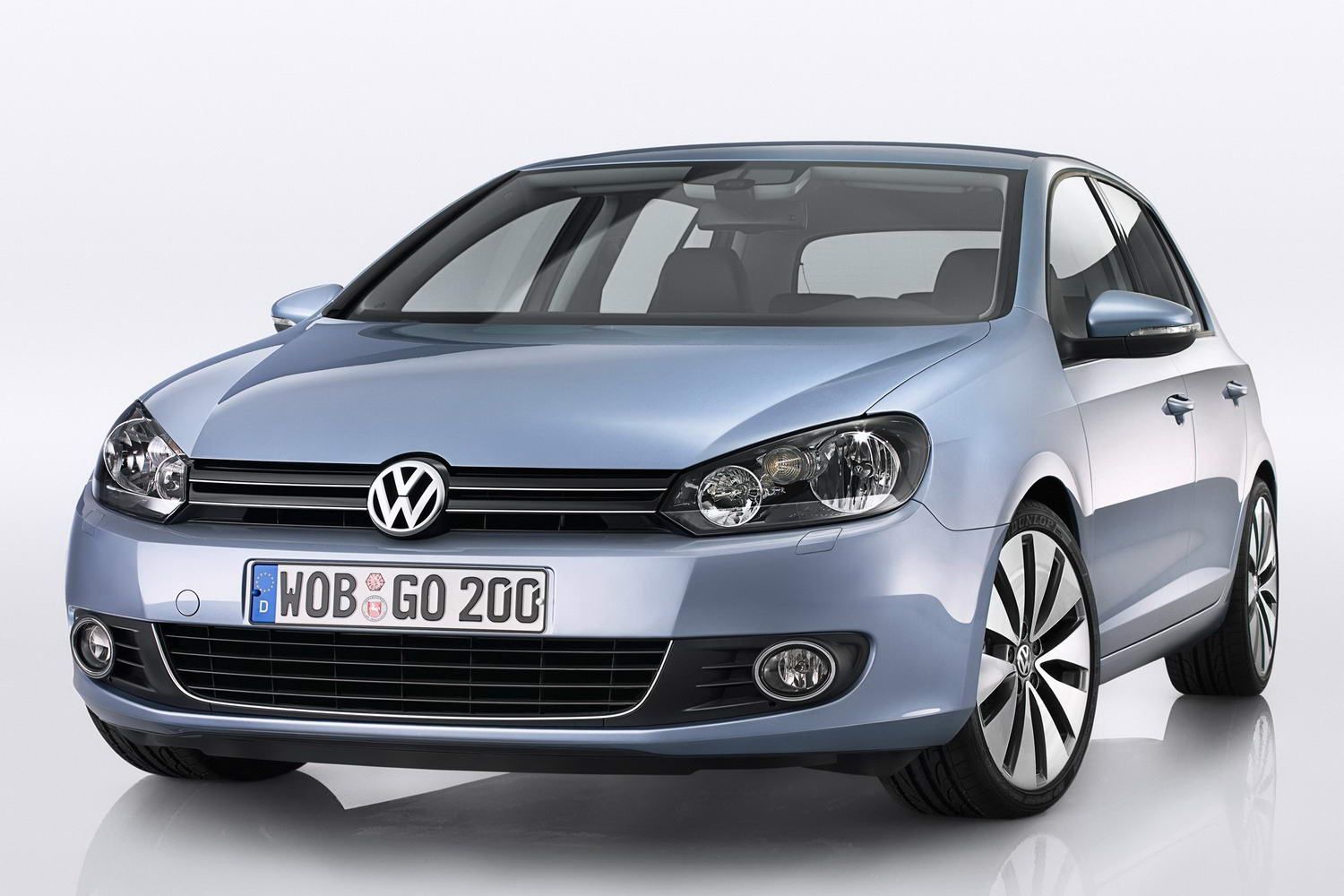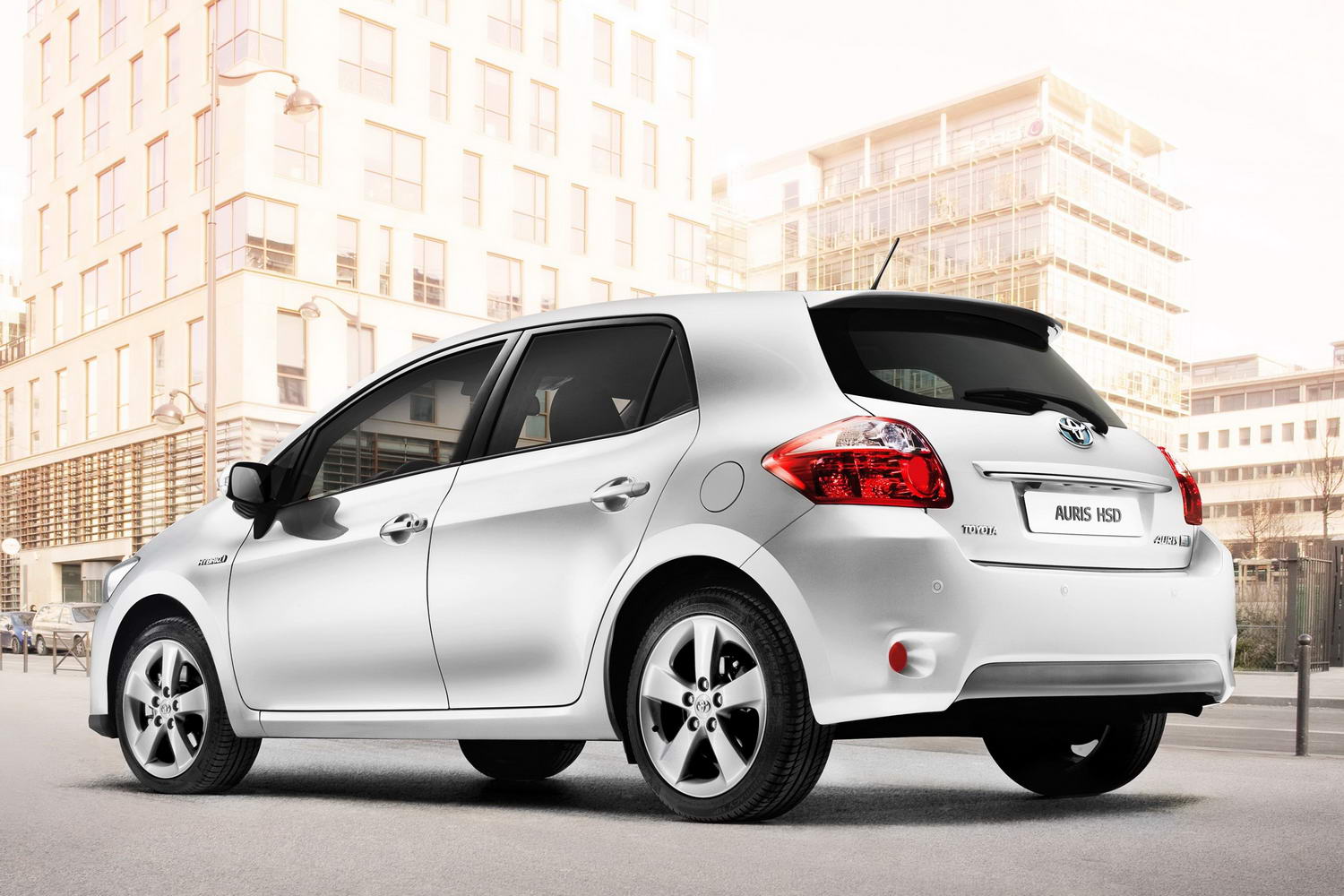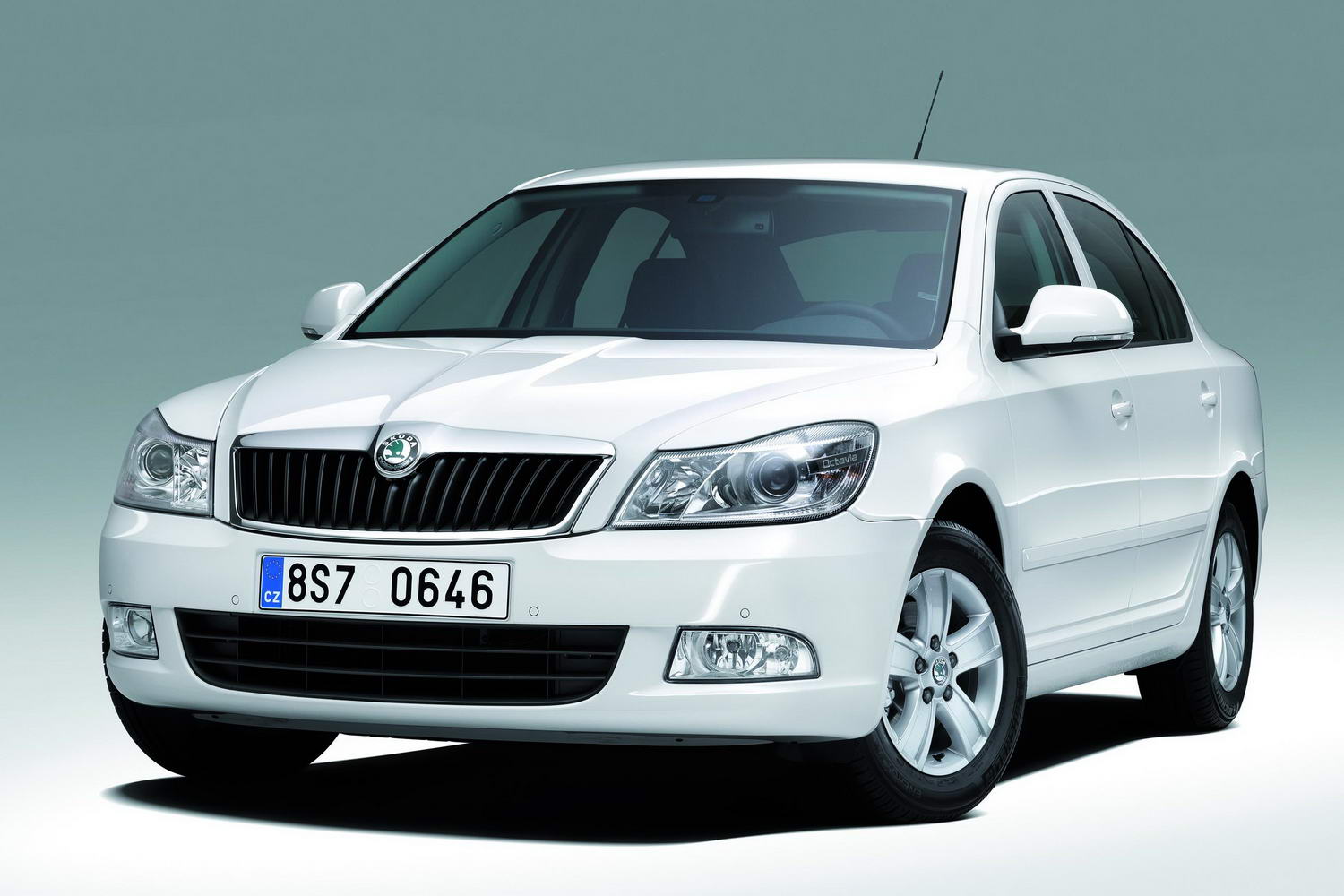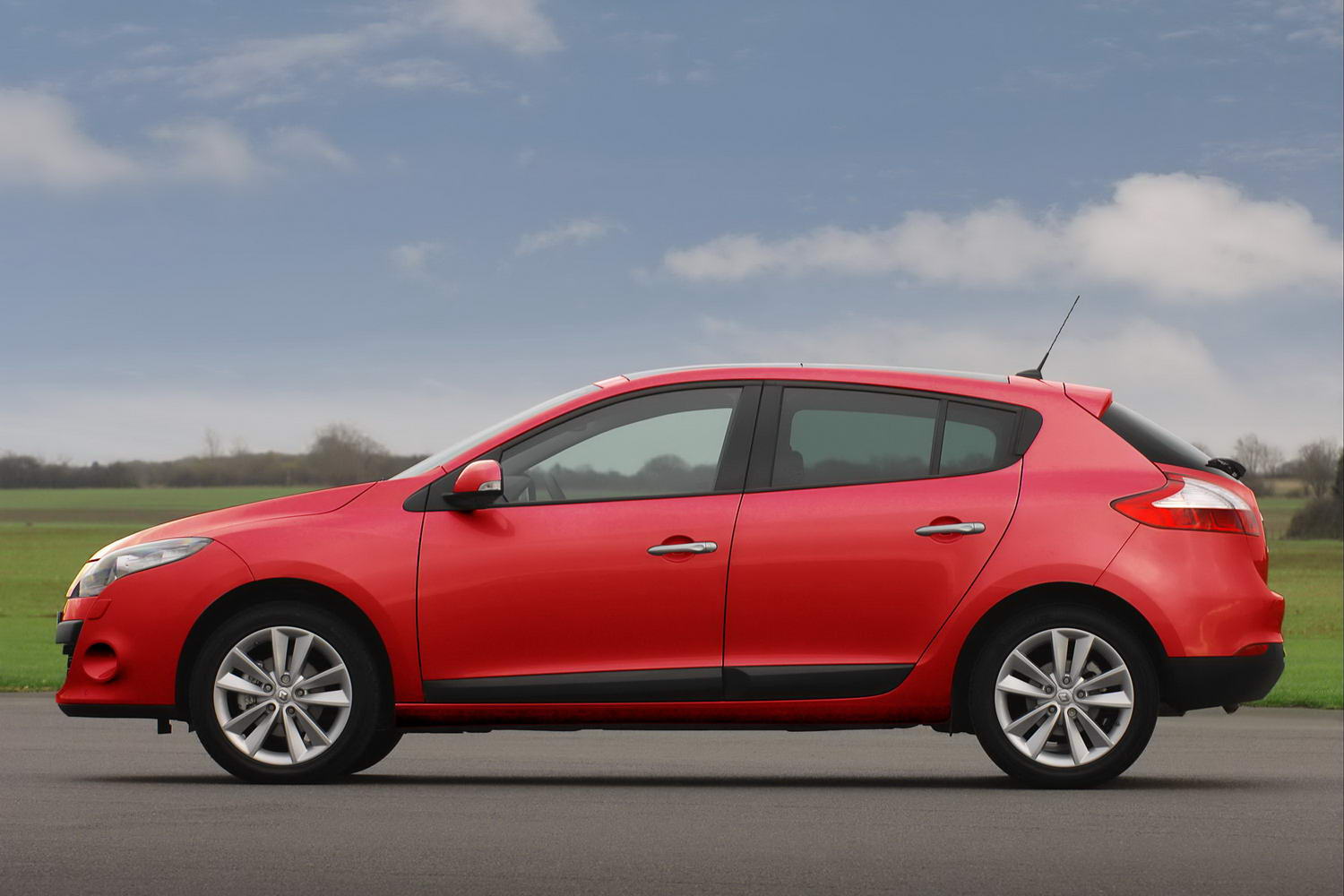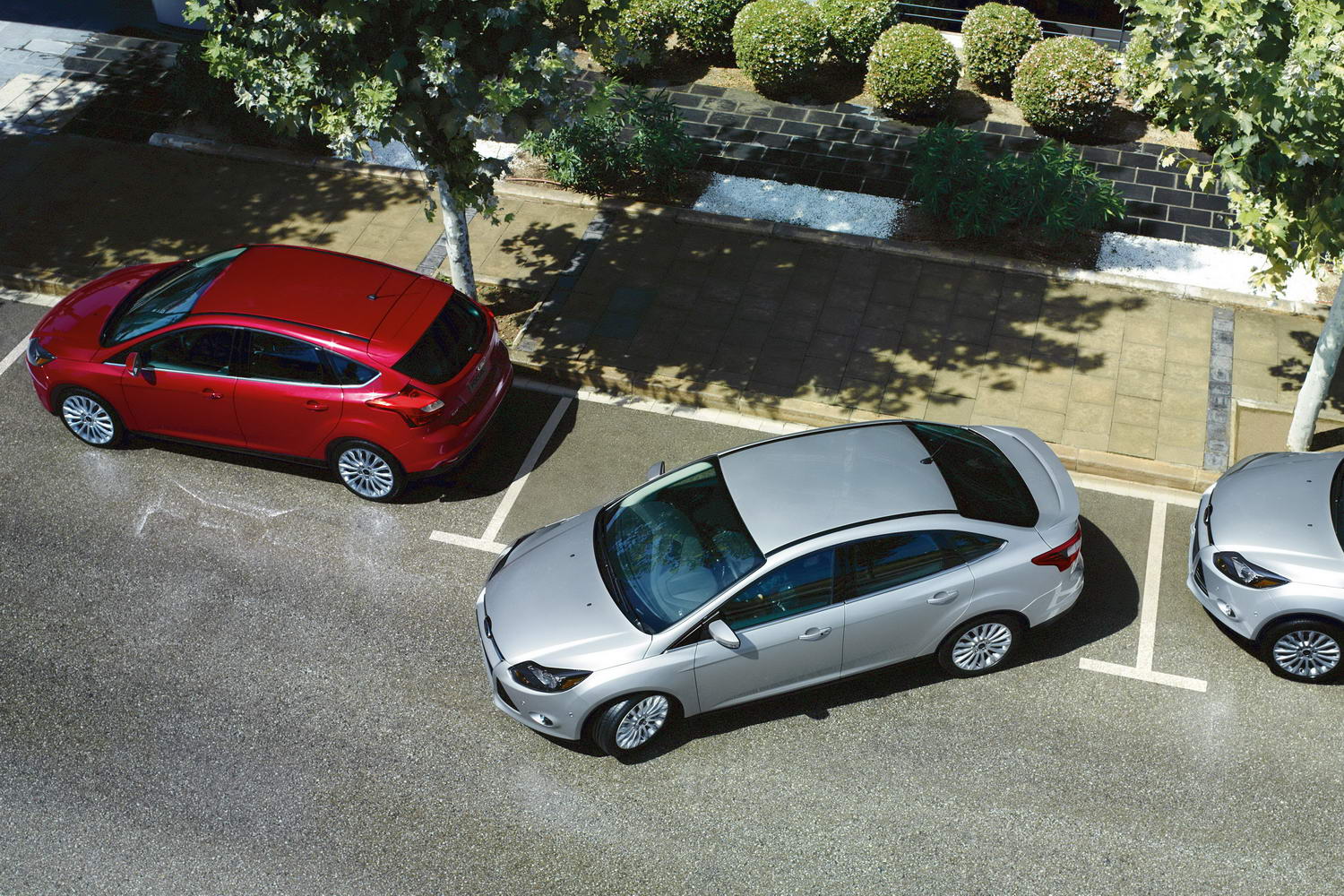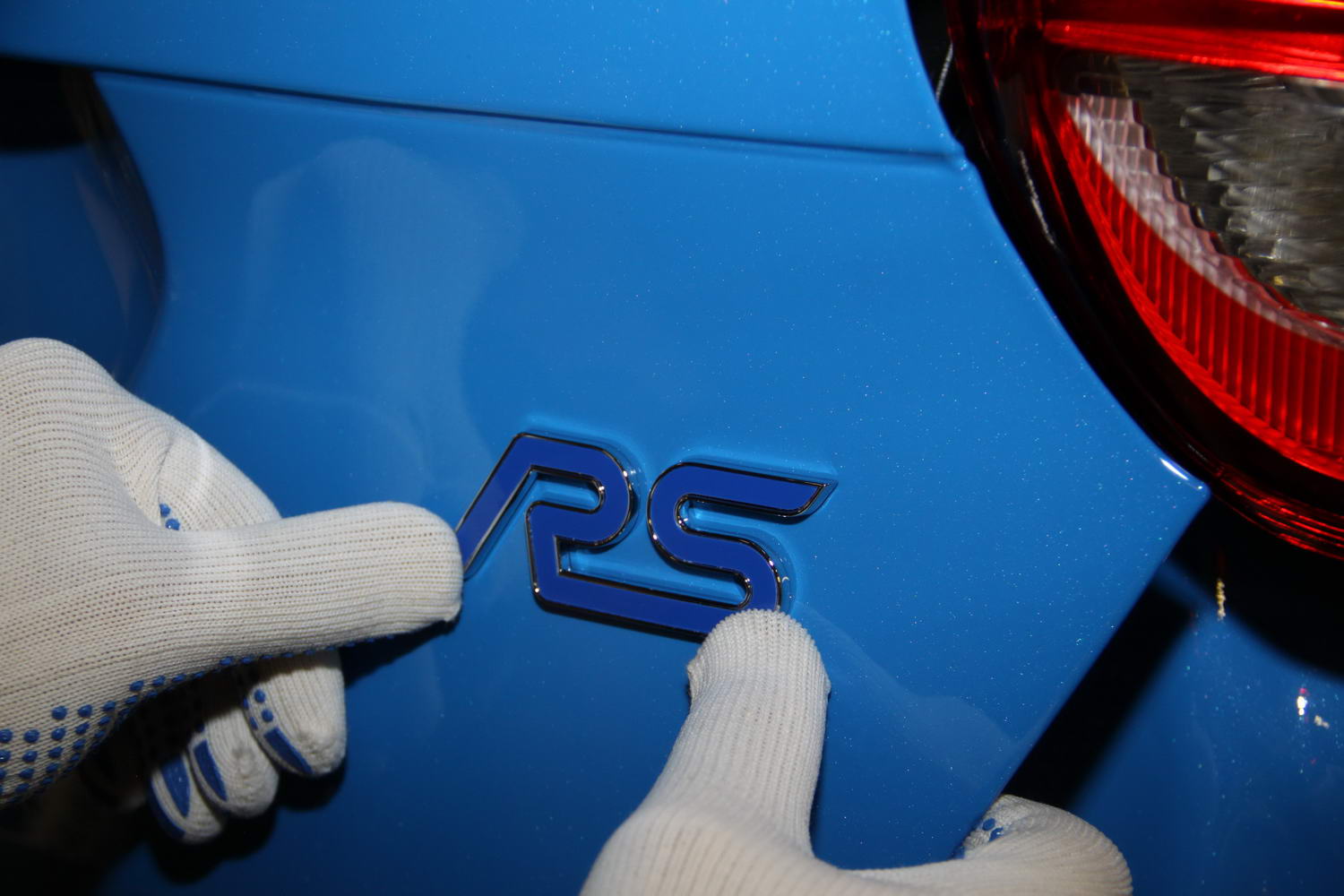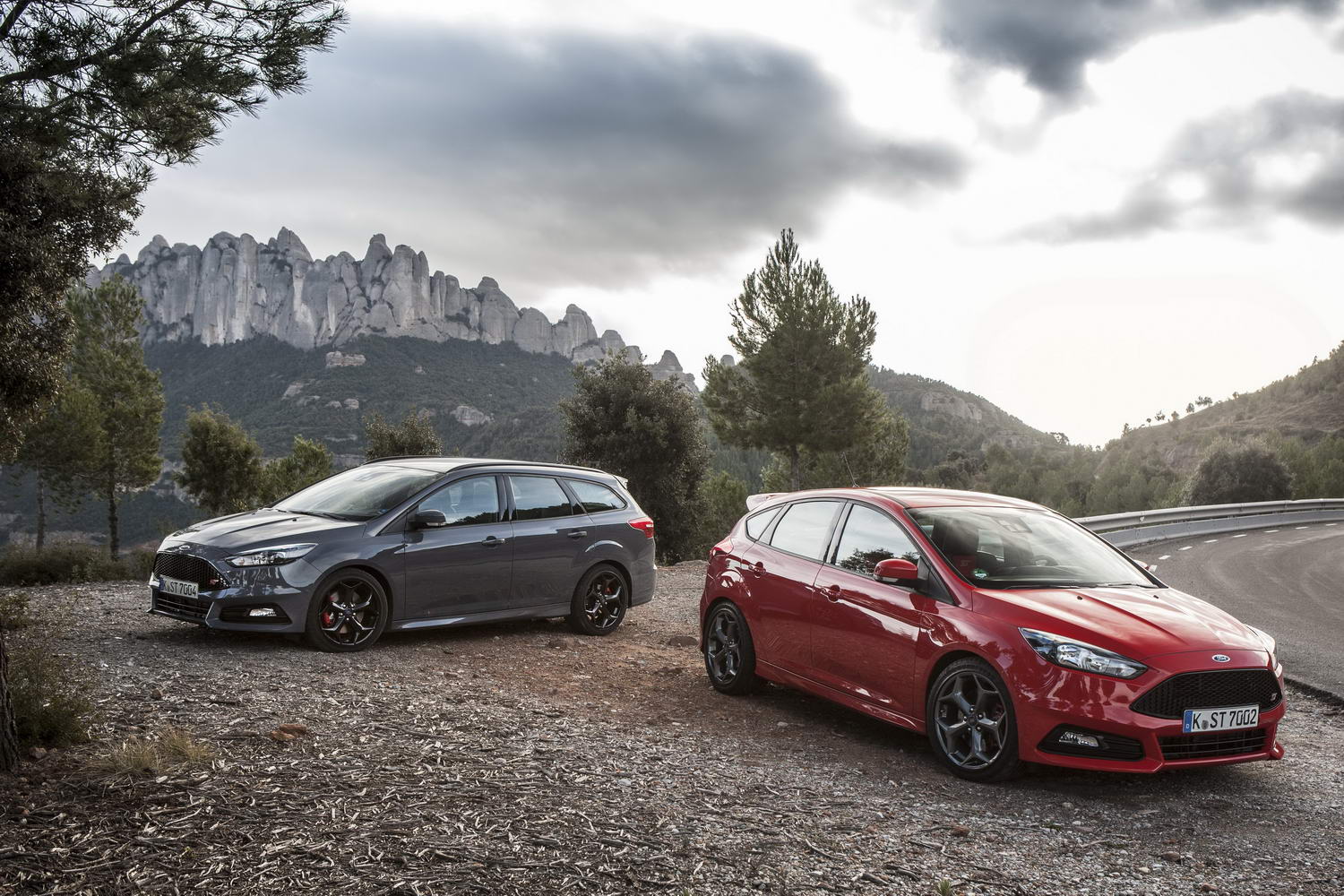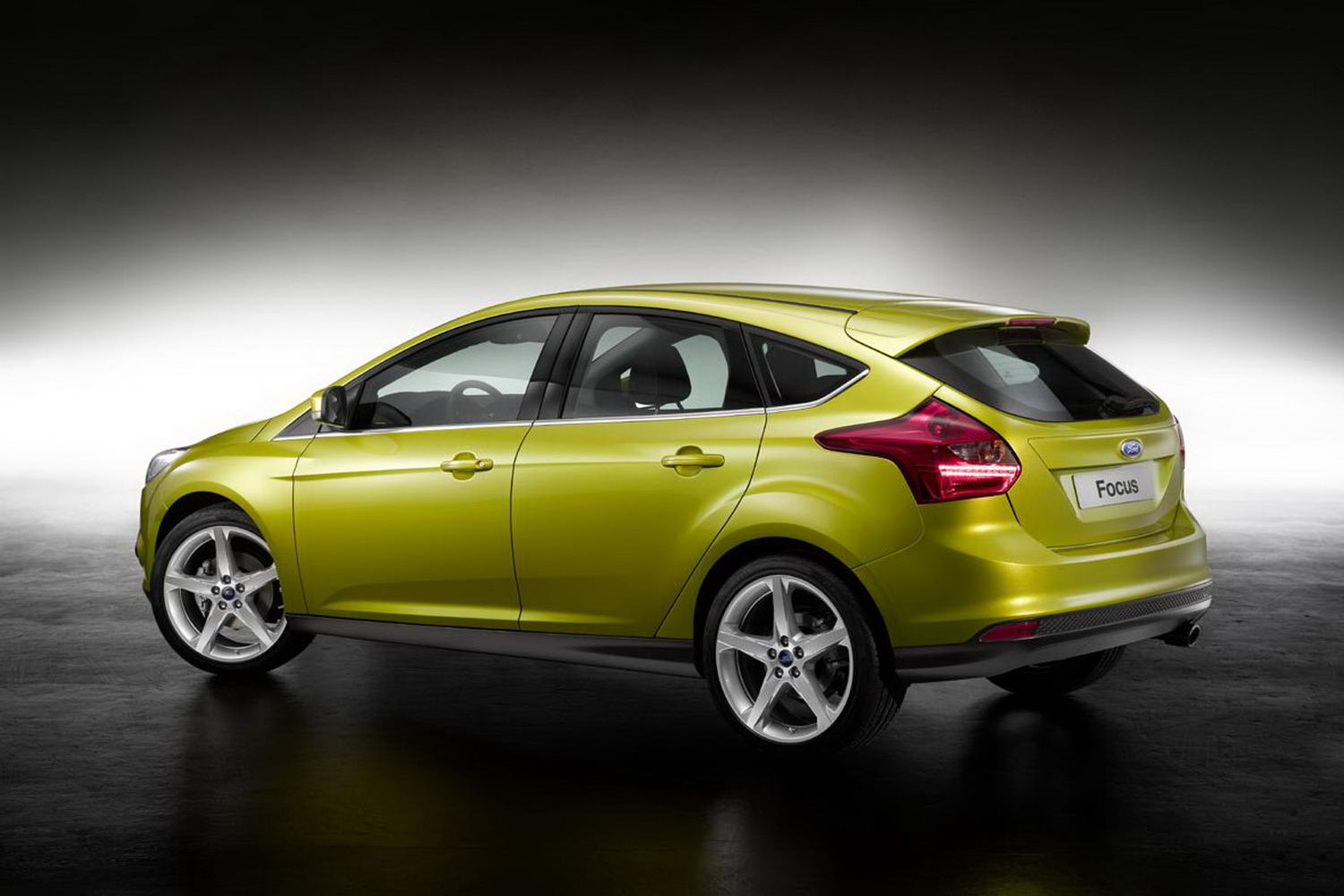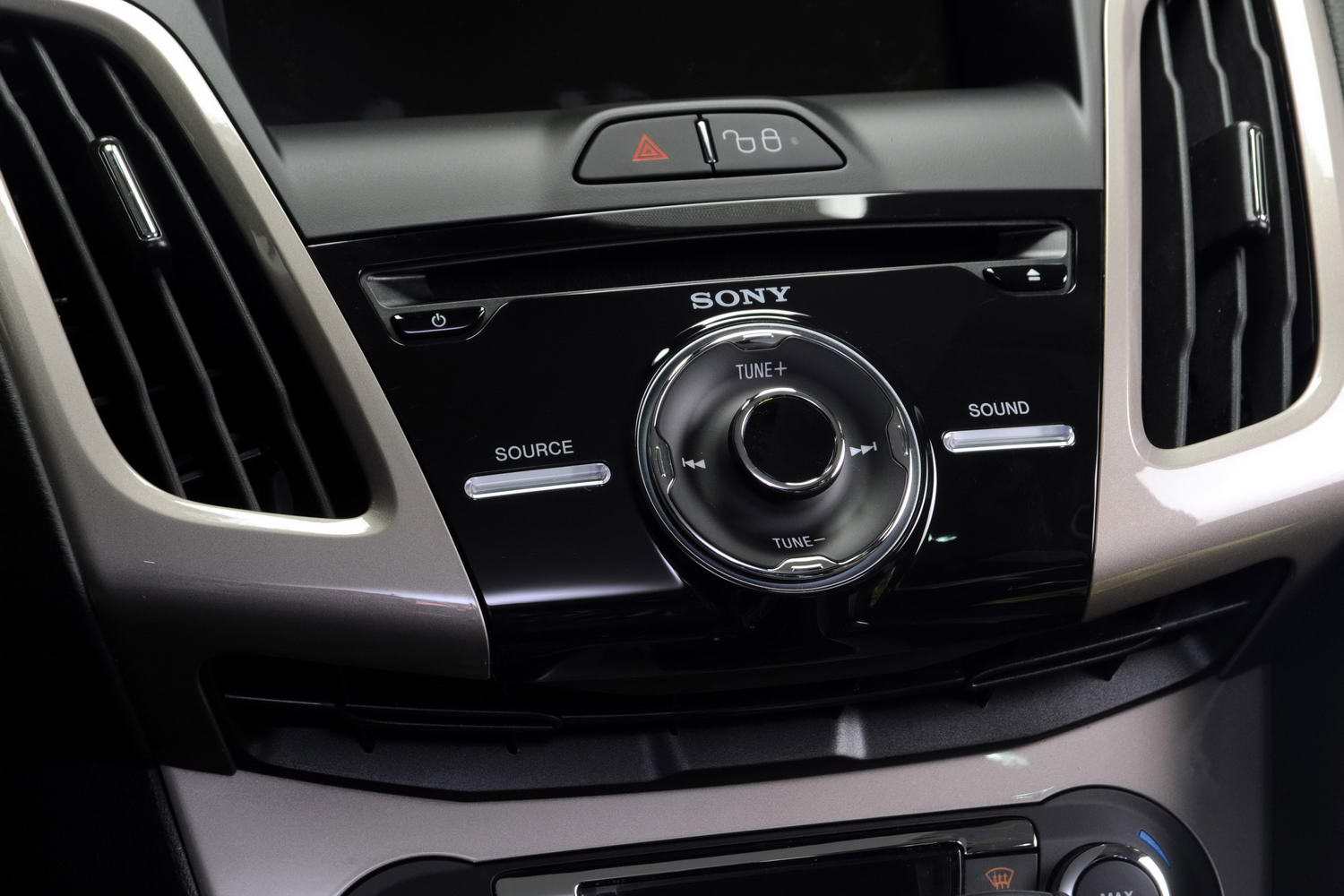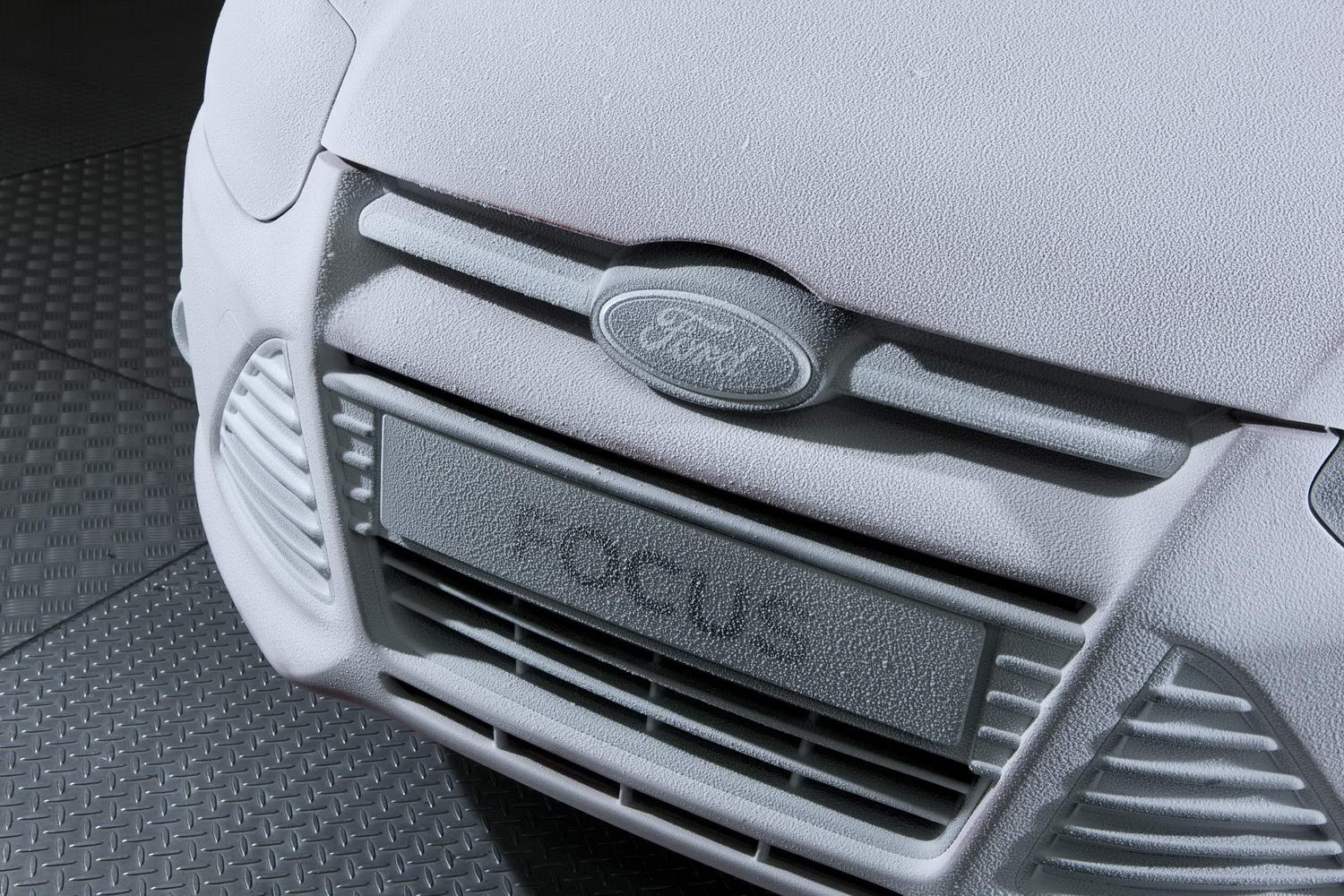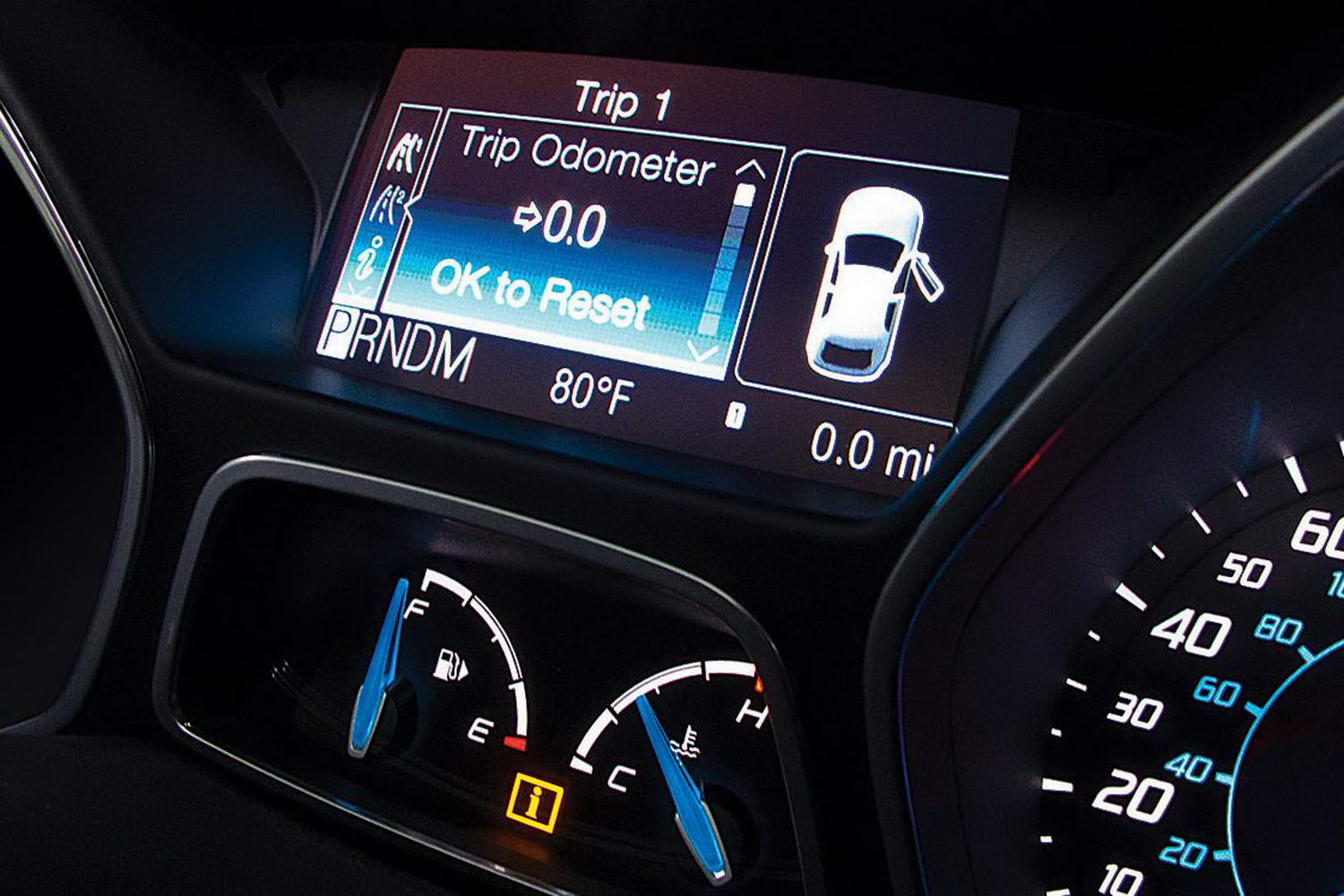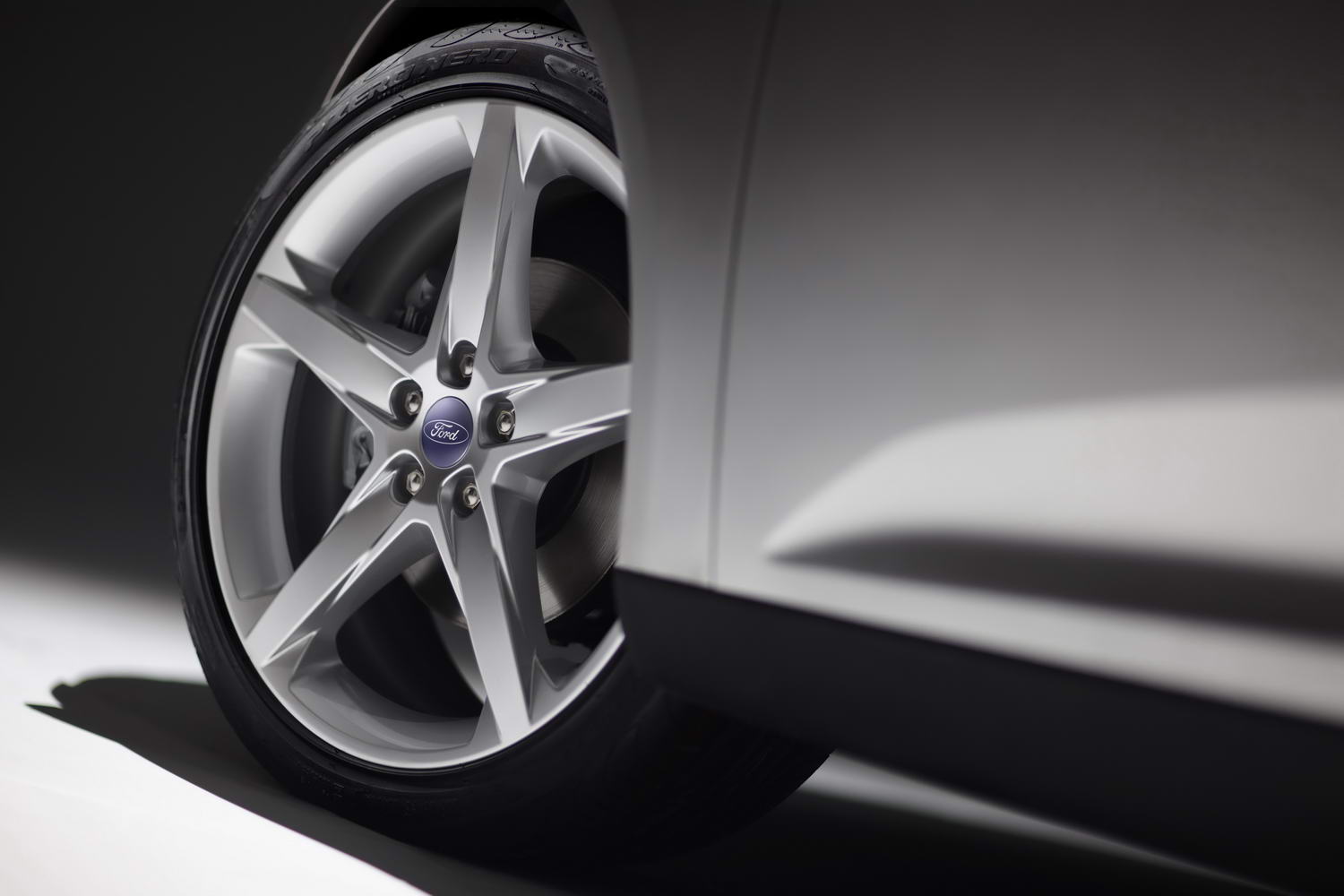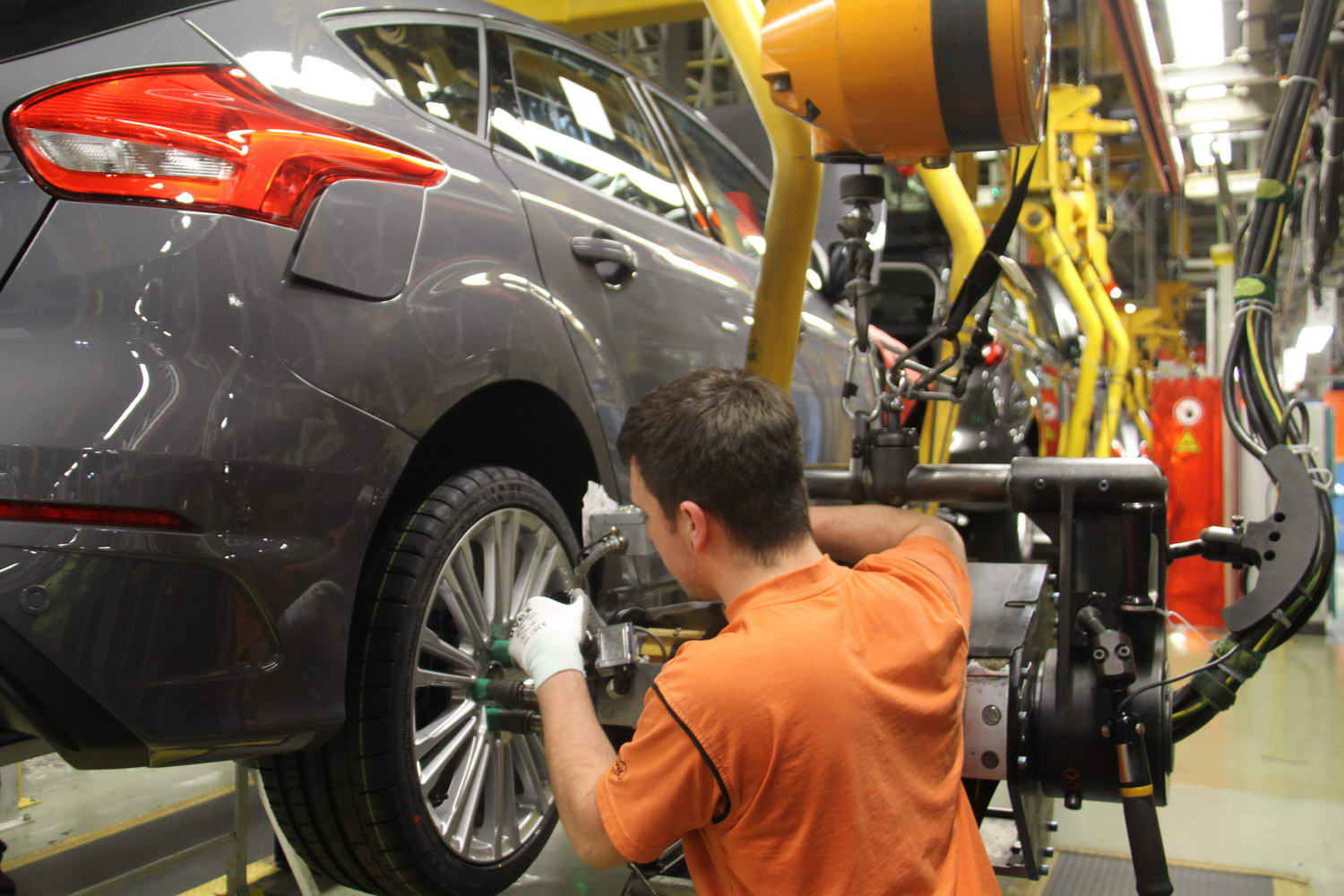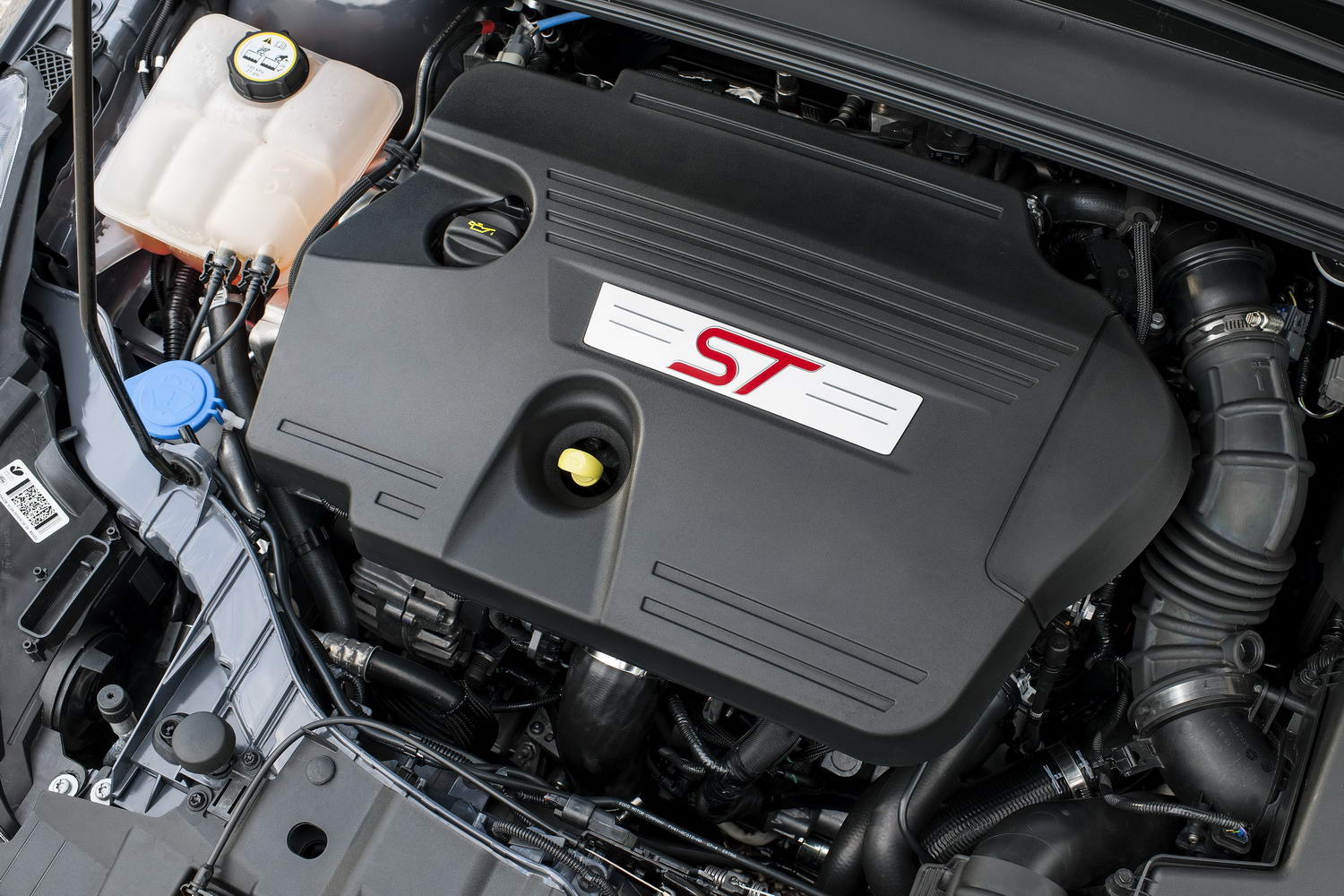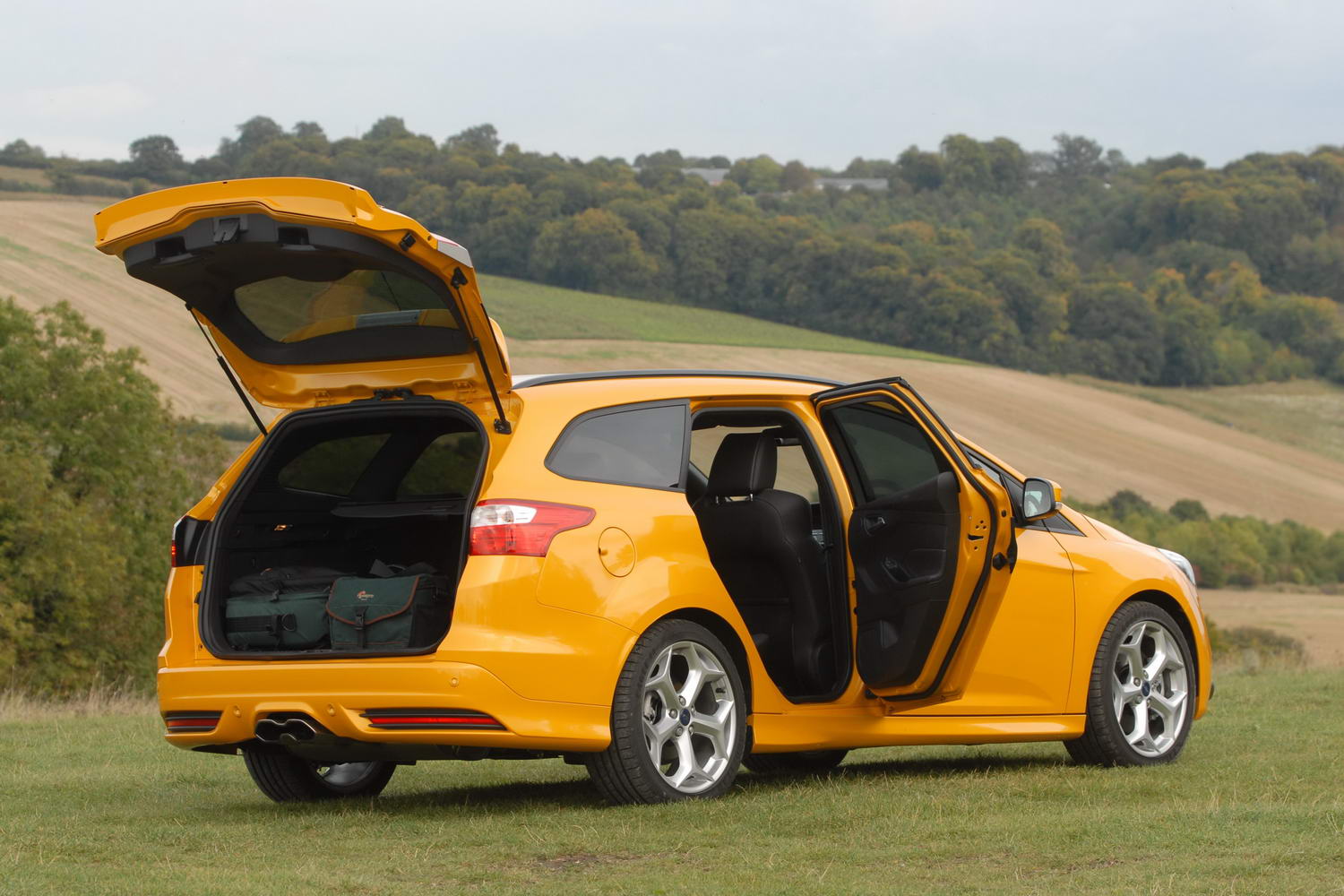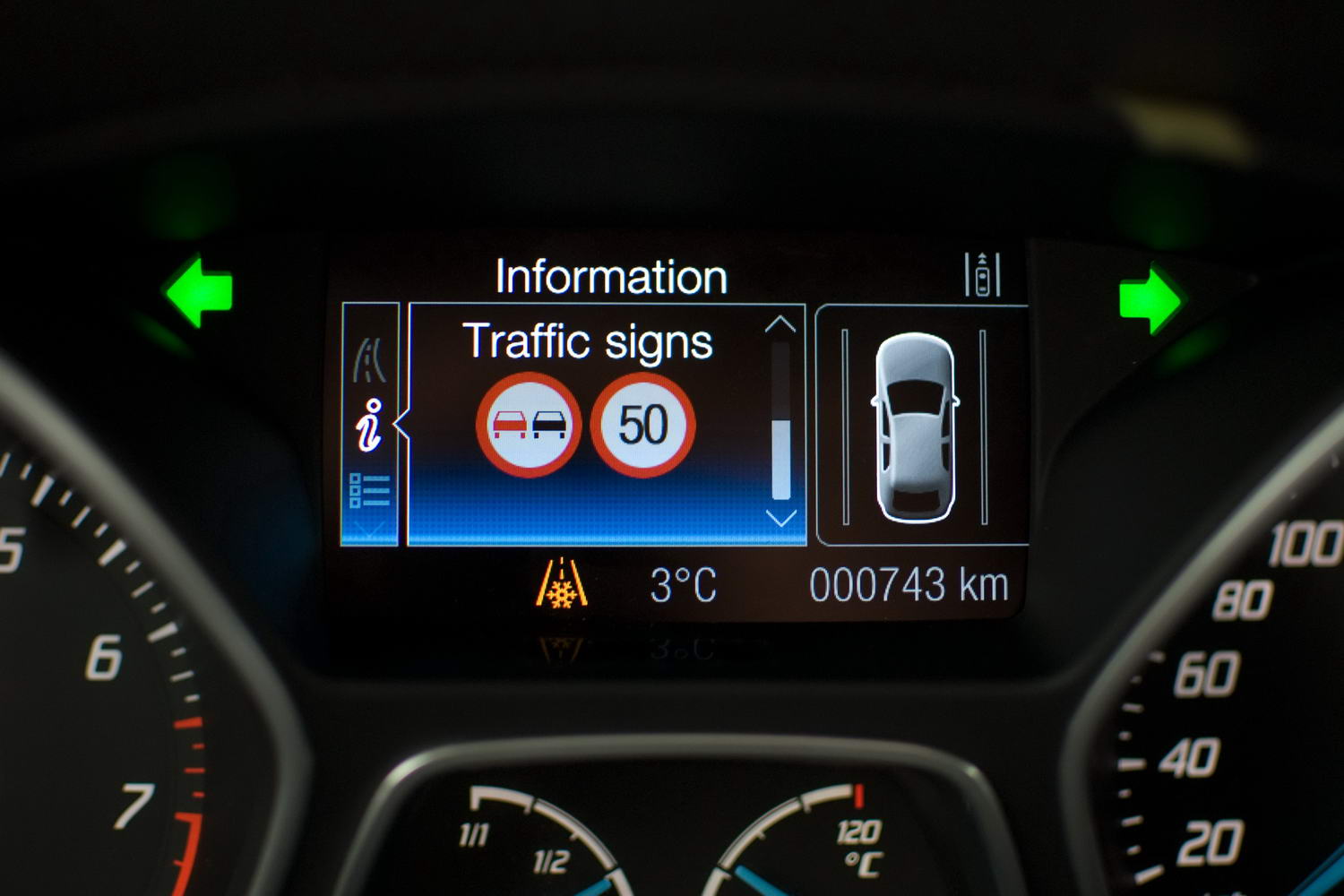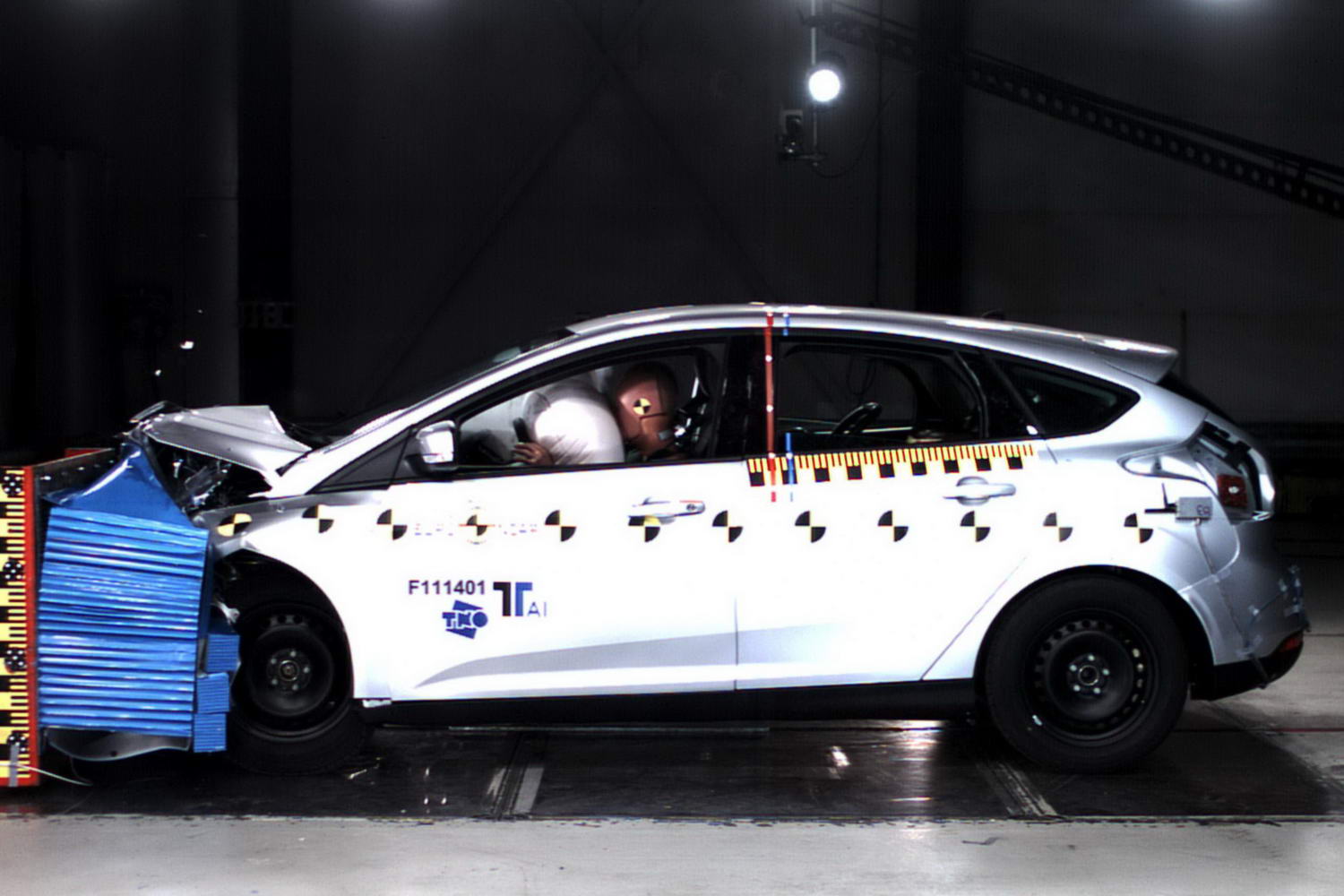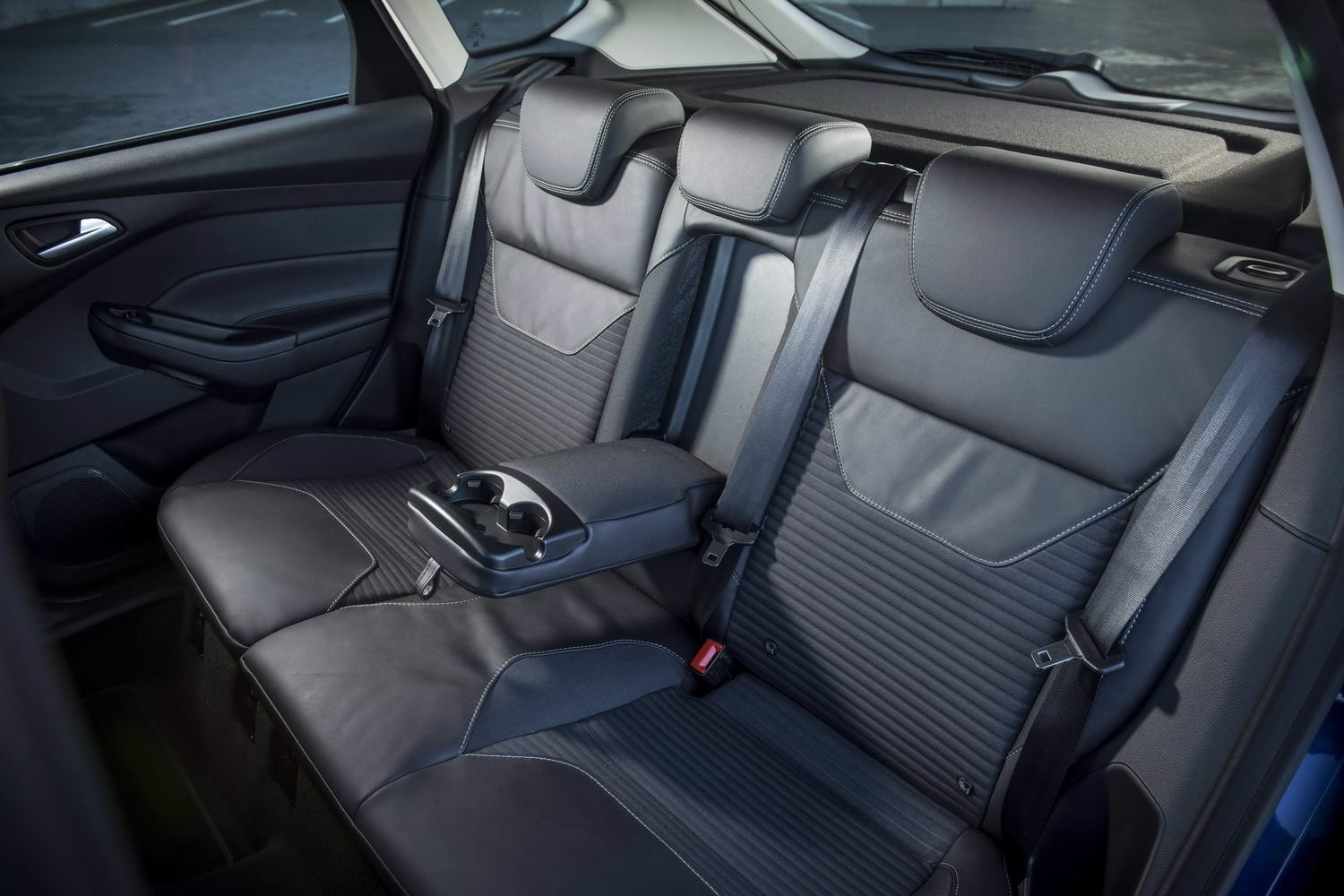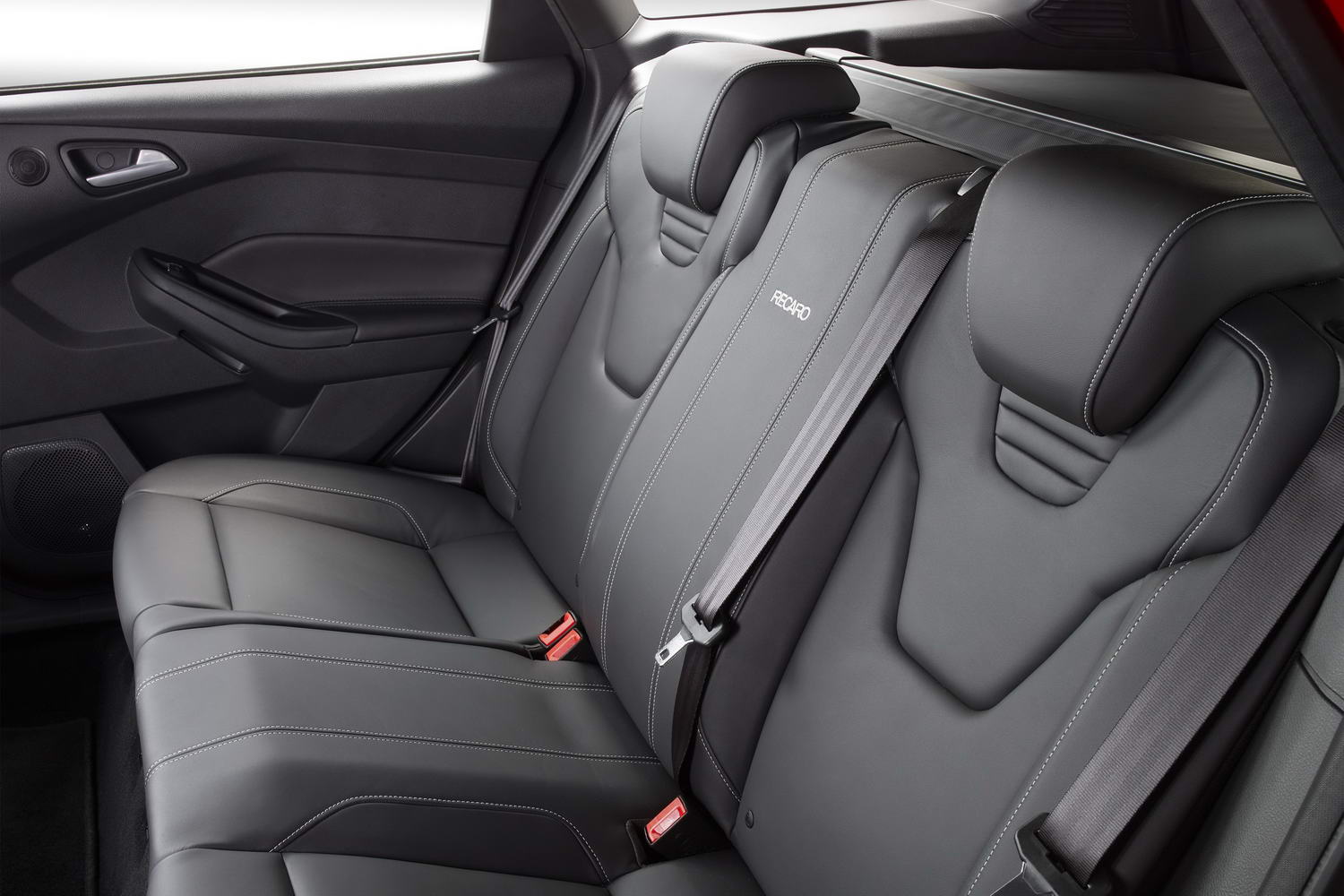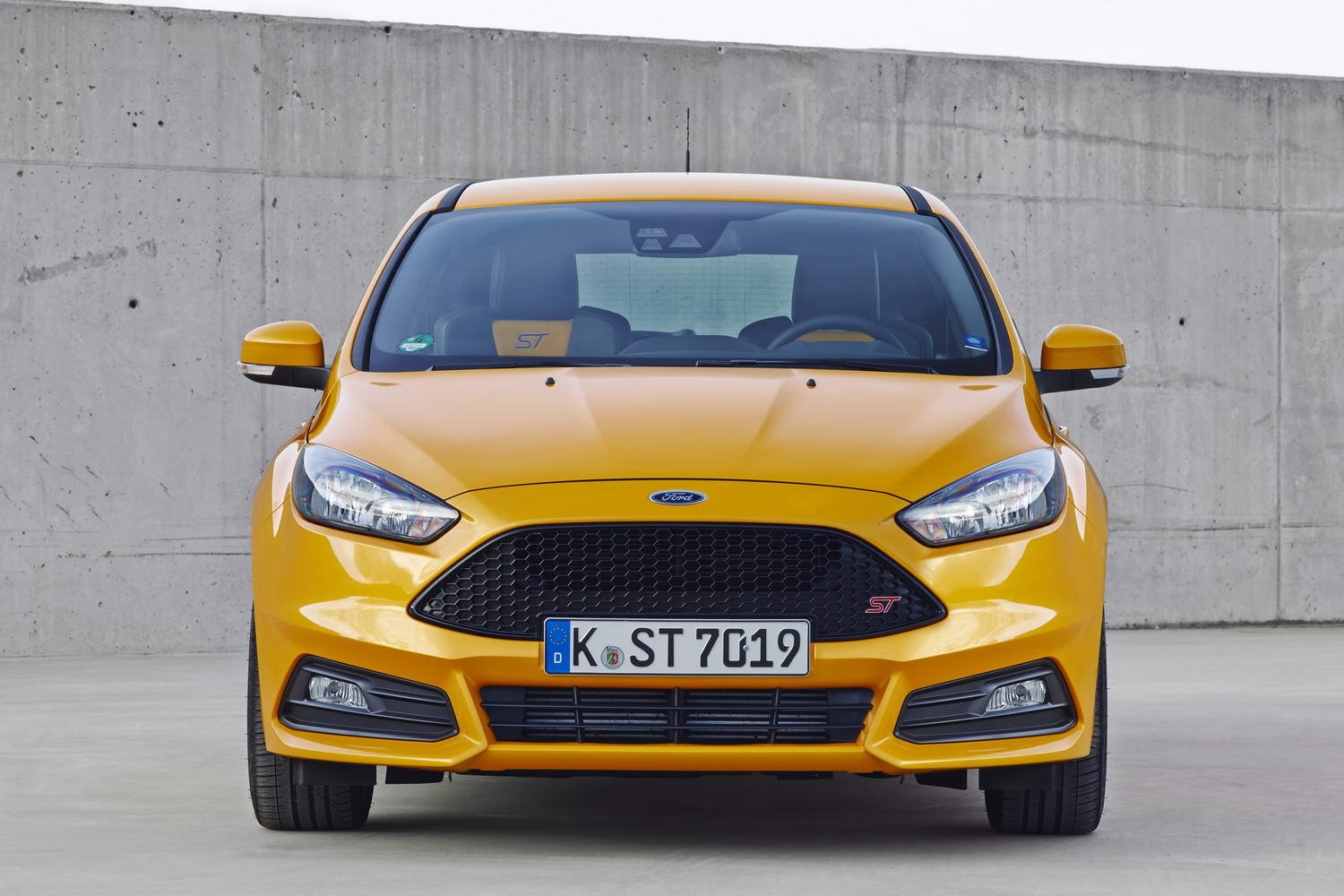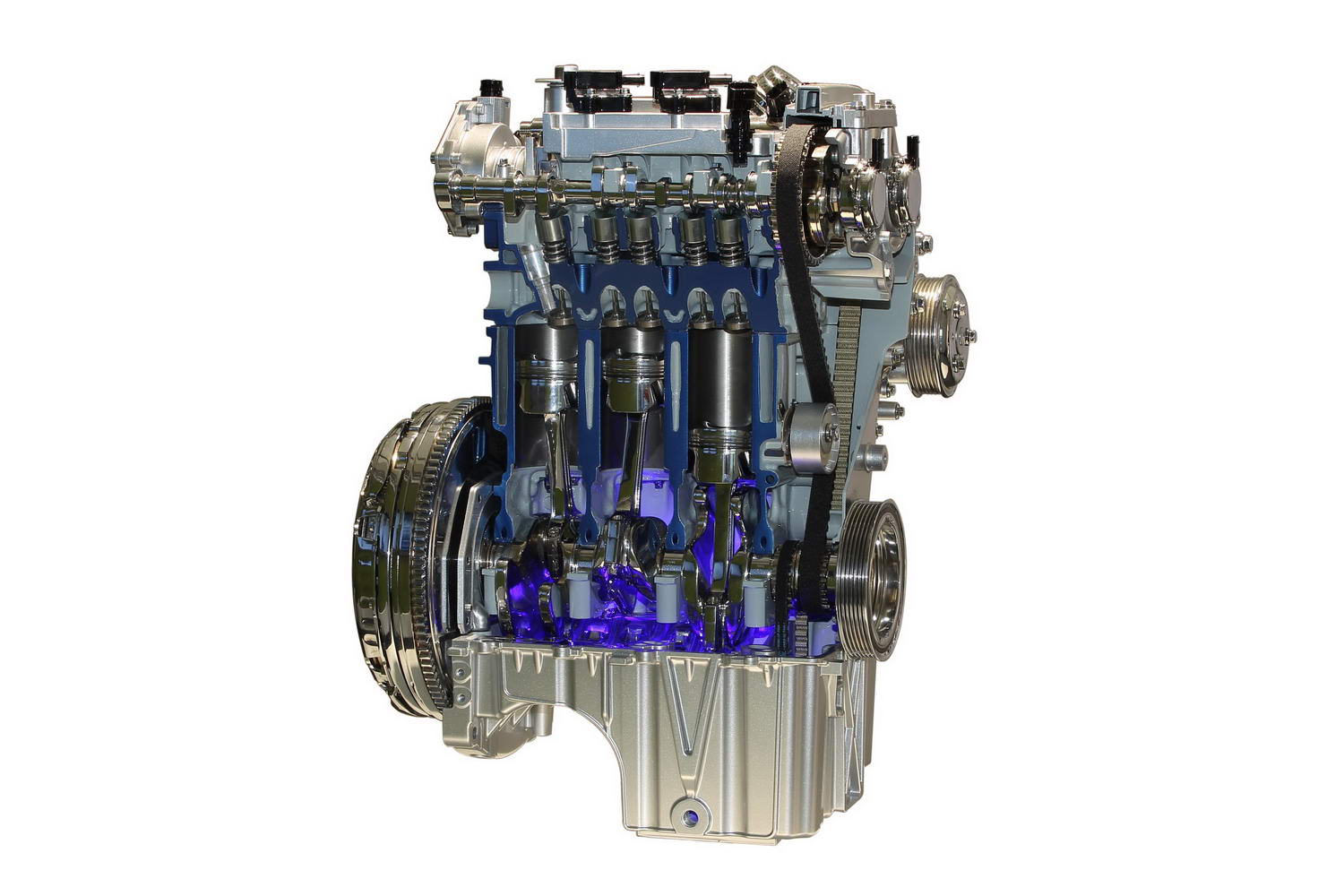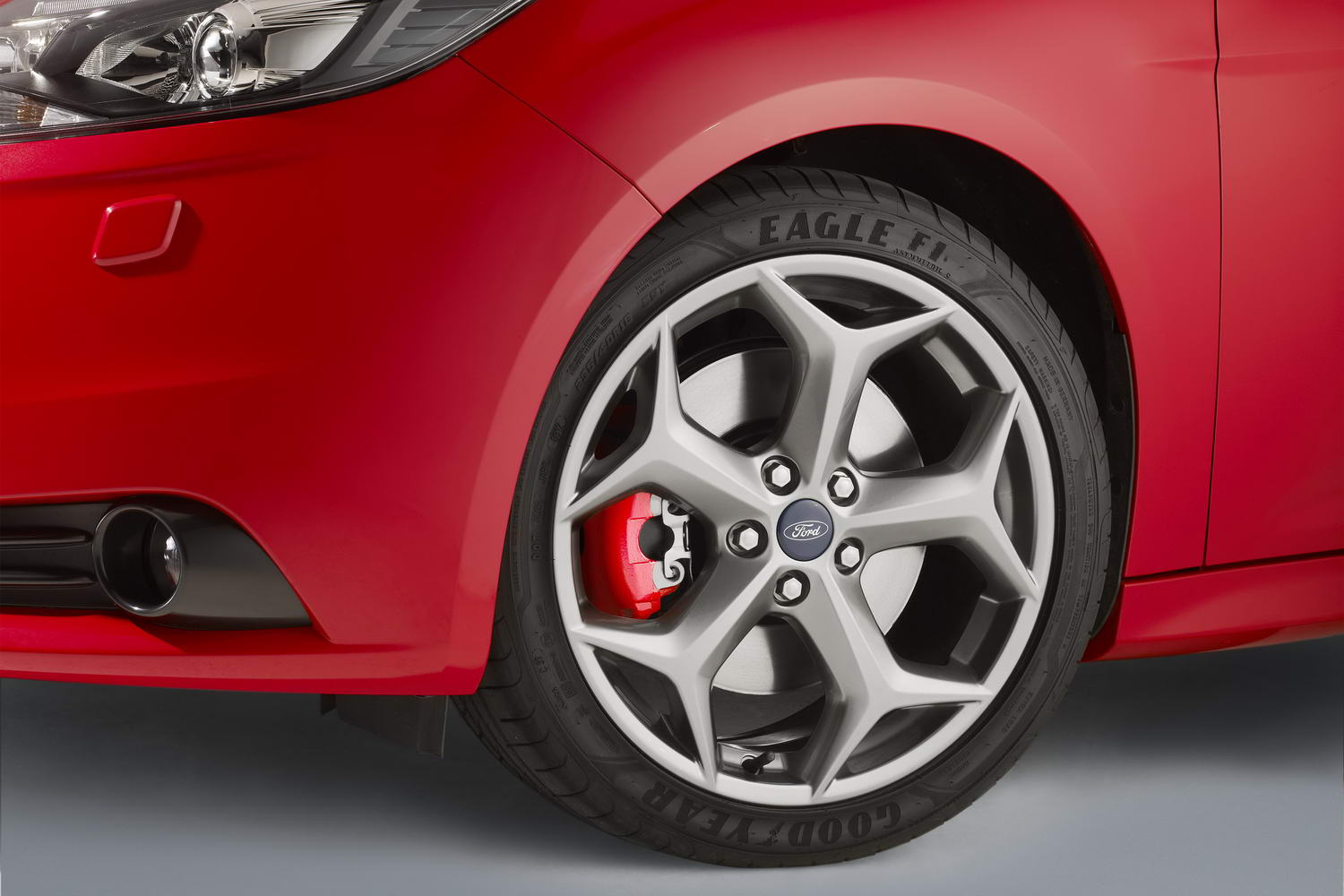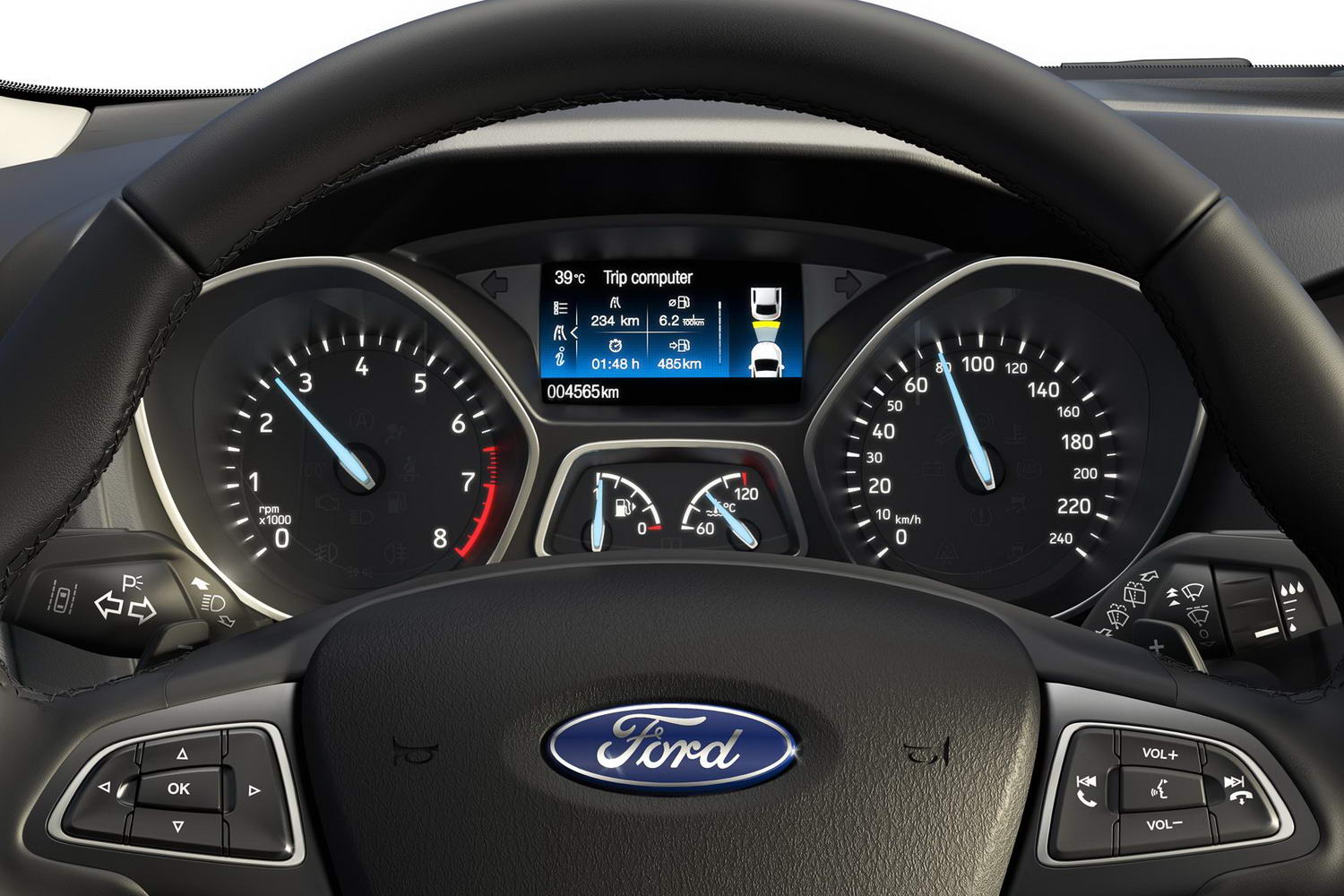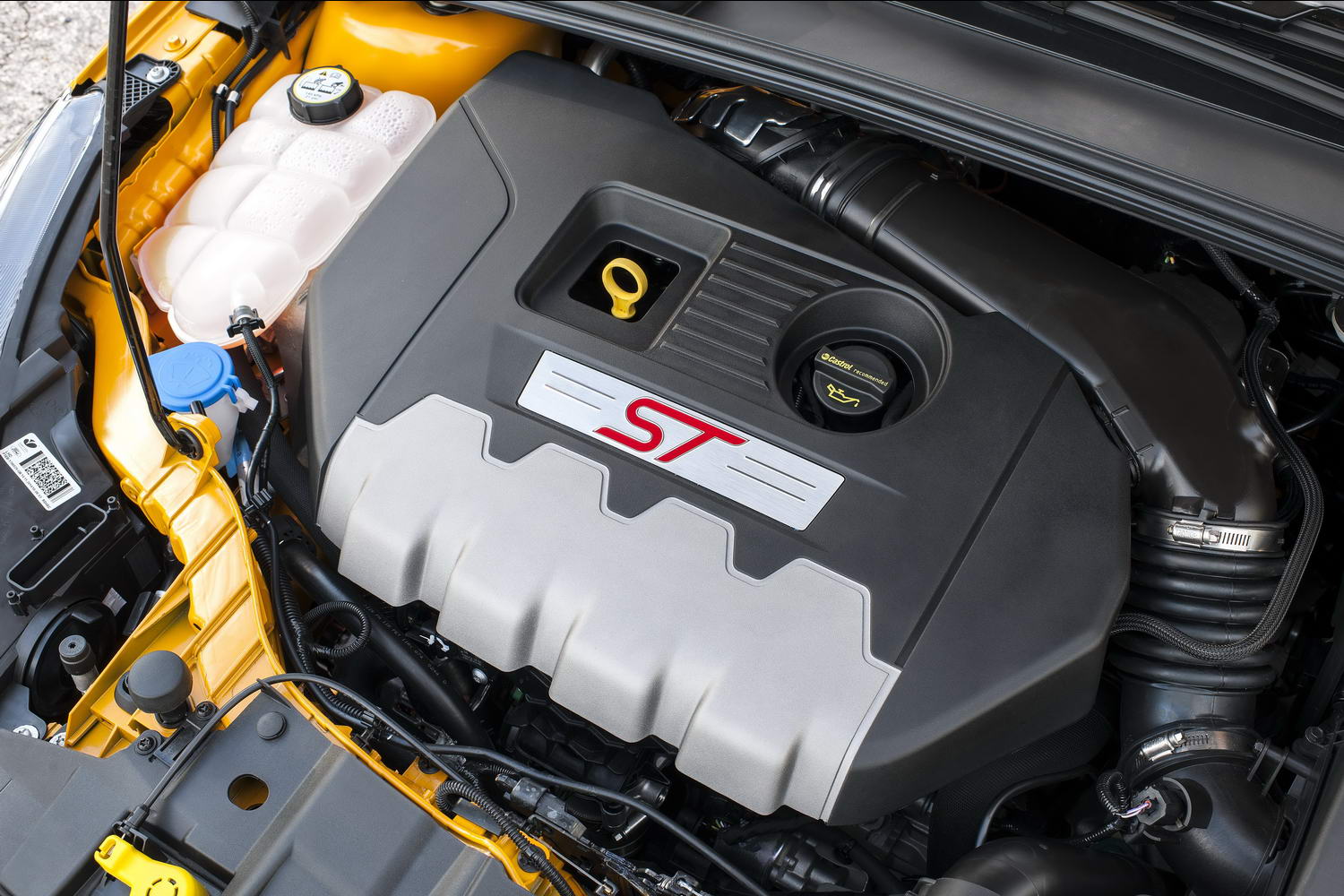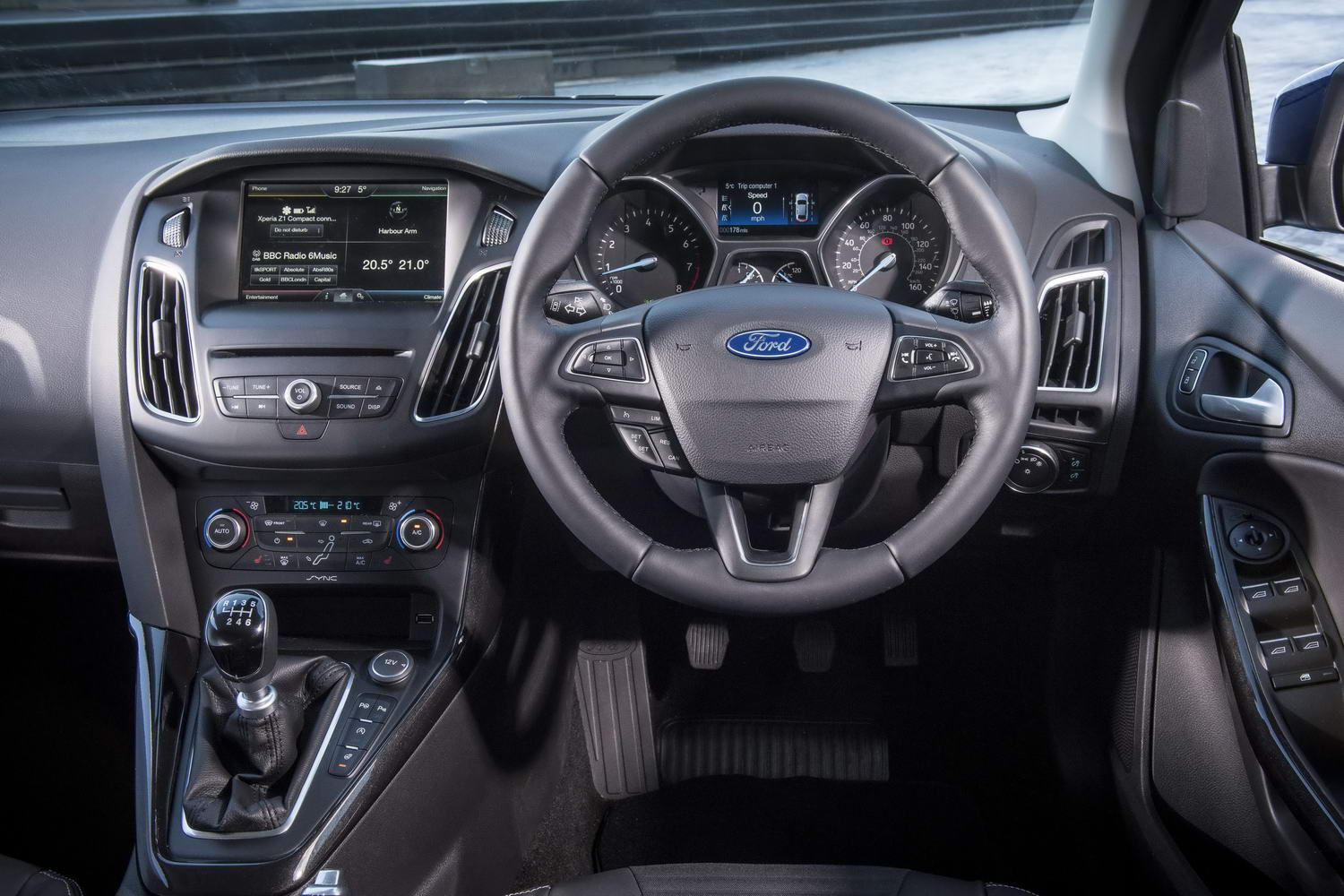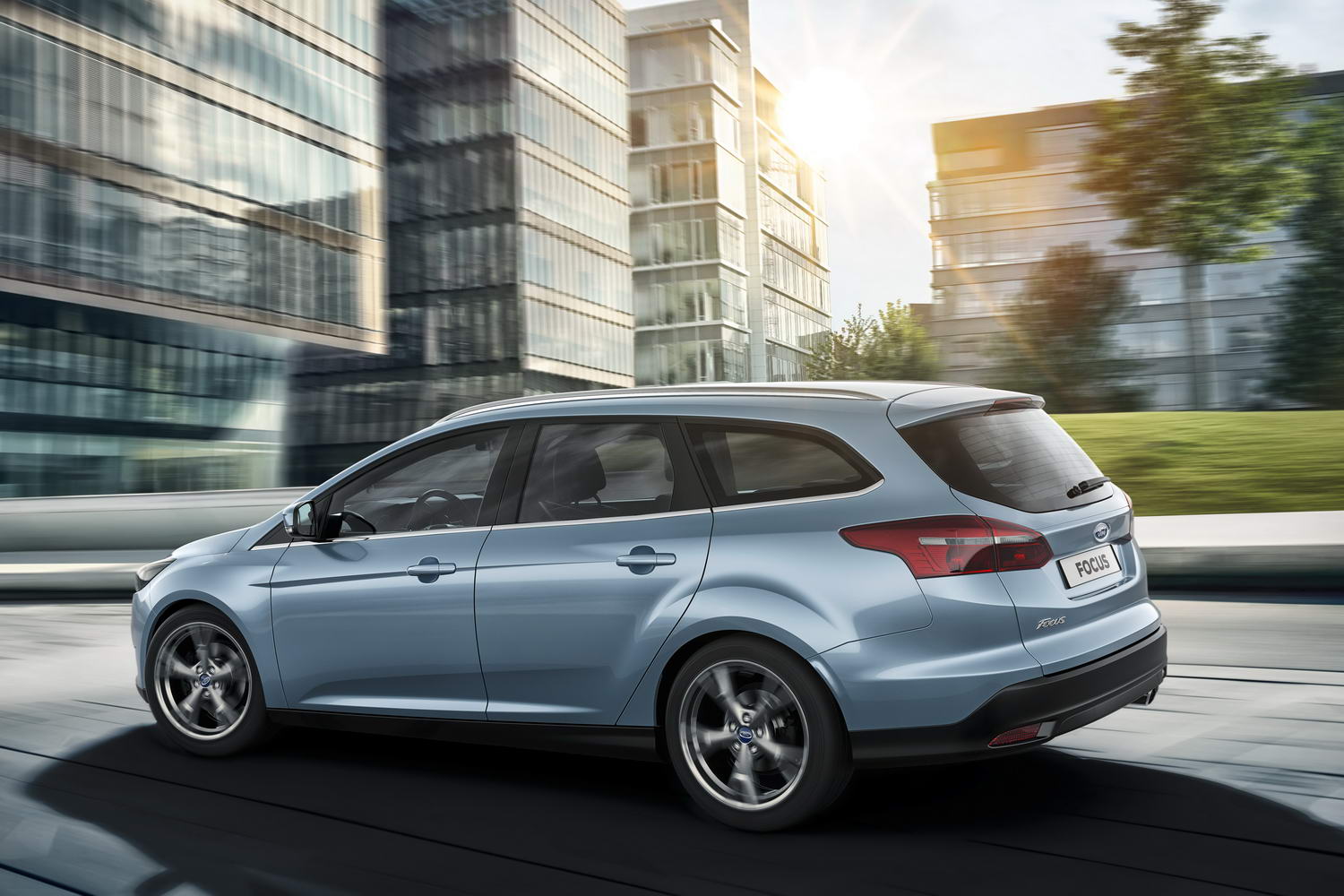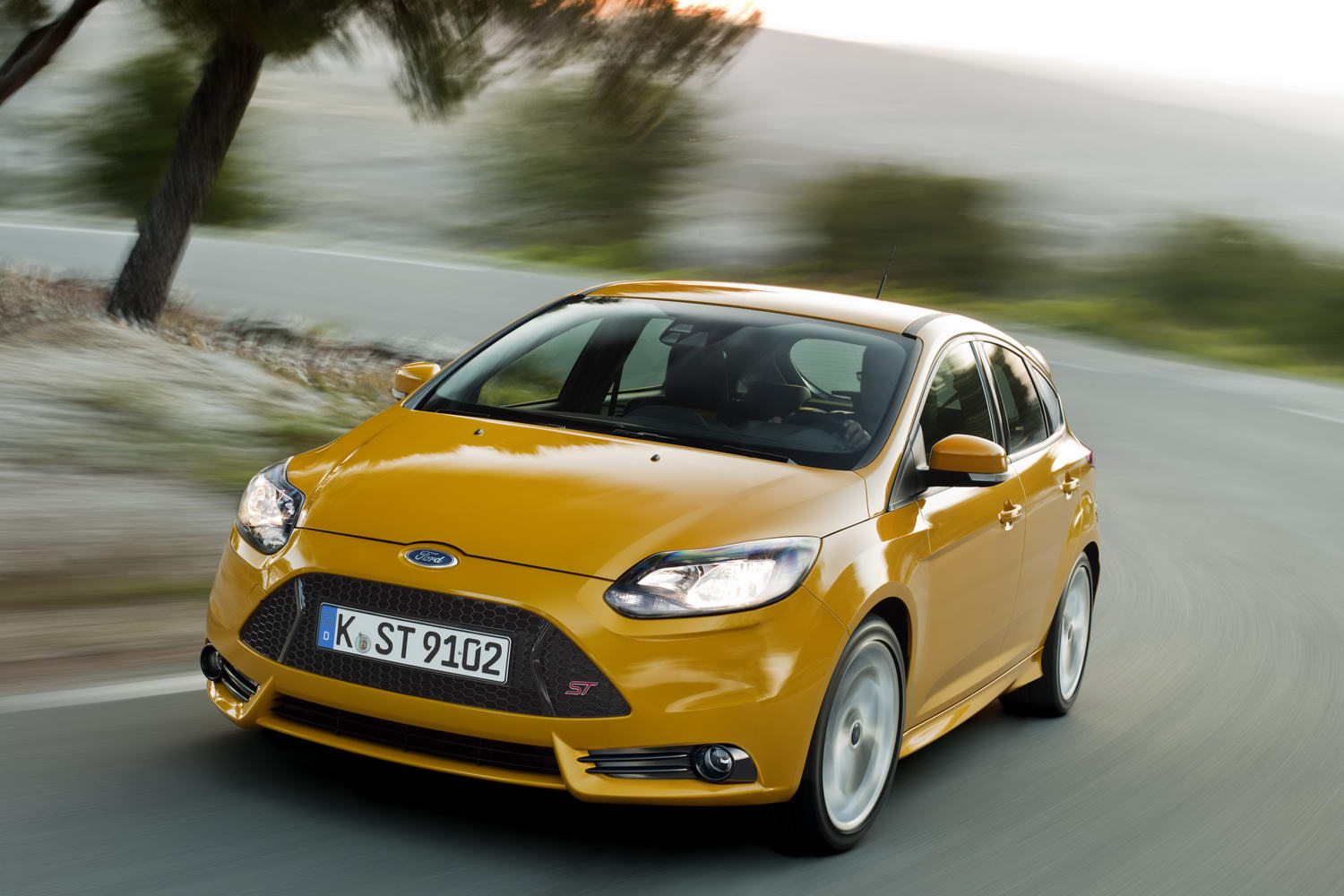Engine and range options for the Ford Focus Mk3
Concentrating on the Focus hatchback in the main here, as it had the full array of engines available to it (whereas the Saloon and Estate did not), the Focus originally arrived with a quartet of four-cylinder powerplants: a 1.6-litre Duratec Ti-VCT normally aspirated petrol engine, with a choice of 85-, 105- or 125hp, and then a 1.6-litre EcoBoost turbocharged petrol unit with 150hp, which is very rare. Diesels were a 1.6-litre TDCi, offered with 95- or 115hp, and a 140hp 2.0-litre TDCi or a more potent 163hp derivative of the same unit.
The first of these, though, the Ti-VCT, did not last long. It was replaced by the 'Fox' three-cylinder turbocharged EcoBoost 1.0-litre petrol engine in 2012. This little gem had either 100- or 125hp and is arguably the best engine to choose for any Focus Mk3, if you don't do a lot of long-distance driving. A significant facelift to the range in 2014 brought about a much-changed front-end for the Focus Mk3, with new 1.5-litre engines arriving in 2015 to replace the 1.6 EcoBoost and TDCi units. These 1.5-litre EcoBoost and 1.5 TDCi Duratorq engines were more powerful, smoother and more efficient. The petrol one had either 150- or 182hp, while the TDCi delivered 95- or 120hp in its regular guises, and 105hp as the fuel-saving Econetic model - a Focus fitted with low rolling resistance tyres, active aerodynamics and other economy-biased features.
Meanwhile, the 2.0 TDCi switched to outputs of 163- and 185hp, the higher-powered version being reserved for high-spec models of the Focus. This included the ST performance version, which arrived first in 2012 with a 2.0-litre, four-cylinder EcoBoost petrol engine rated at 250hp, driving the front wheels only. Available as a hatchback or an Estate only, the petrol engine was mechanically unchanged after the 2014 facelift, but was joined by a diesel ST Duratorq version using the 185hp 2.0 TDCi in 2015.
For the ultimate in performance, however, the Focus RS Mk3 of 2016 was the one. It used an engine bespoke to it in the Focus range, a 2.3-litre four-cylinder EcoBoost derived from the Mustang's unit. In the RS application, it made 350hp, which had to be delivered to all four wheels due to the reasons of harnessing mammoth torque (440Nm) and the concomitant traction advantages. Later in life, power upgrades from Ford's approved tuner Mountune took the Focus RS to 375hp, if so specified by owners. The Focus RS, incidentally, was only ever available as a hatchback.
Trim levels across the range ran 'plain' Focus, then Style, Zetec, Zetec Plus (often rendered as 'Zetec +'), Zetec S, Titanium, ST-Line (from 2016-on) and then ST (considered a trim line of its own). All cars were fitted with a tyre-pressure monitoring system, front electric windows, hill-hold assist, a MyKey car-settings system, a multifunction steering wheel and the EasyFuel 'capless' fuel-filler. Style added to this with SYNC infotainment, air conditioning, body-coloured door handles and (powered) exterior mirrors, 16-inch alloys, leather trim for the steering wheel and gear knob and a USB connection. Zetec models went further, with front fog lights, lowered sports suspension, the Quickclear heated windscreen, sportier seats and an upgraded centre console.
Zetec Plus brought in keyless start, 17-inch alloys, LED rear lights and a premium centre console with a sliding armrest, while Zetec S had sporty exterior looks; this was later replaced by ST-Line, which did much the same thing (i.e. mimicked the appearance of the performance ST version, only with almost totally regular mechanicals, save for the suspension and wheels). Titanium was the plushest specification for the regular Focus models, with dual-zone climate control, cruise control with a speed limiter, electric windows all round, velour upholstery and various other sundry items. The ST models built on the Titanium's generous spec with their own chassis and drivetrain updates.
Gearboxes for the Focus Mk3 were an array of five- and six-speed manuals, or six-speed automatics. The automatic transmission branded 'PowerShift' was a dual-clutch item.
How much is it to tax the Ford Focus Mk3?
Refer to our Motor Road Tax Prices in Ireland Explained feature for the up-to-date cost to tax the Ford Focus.

